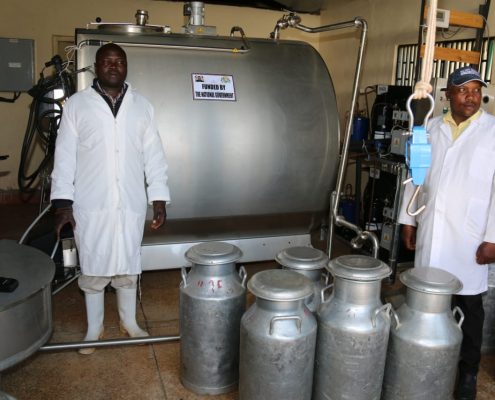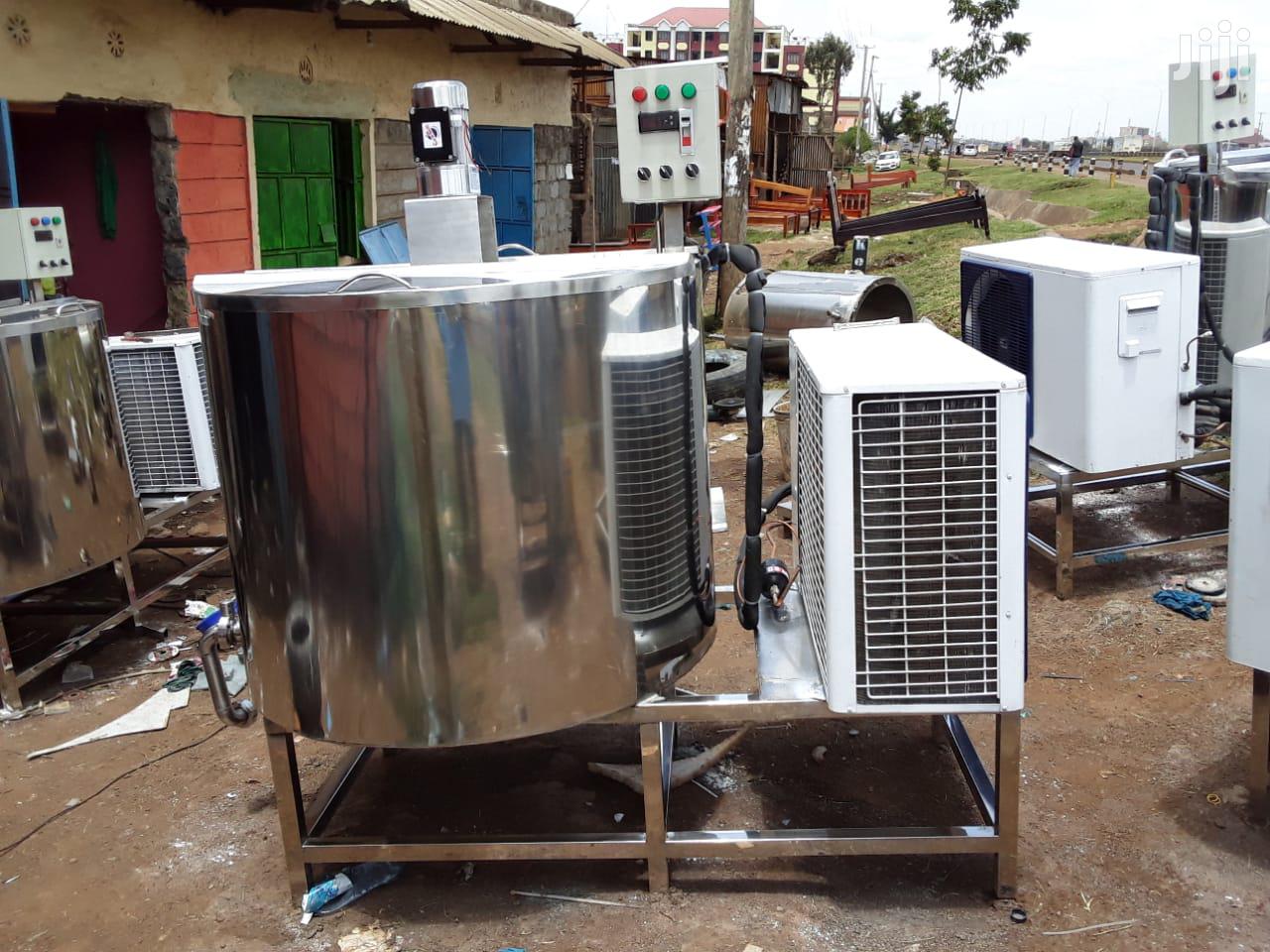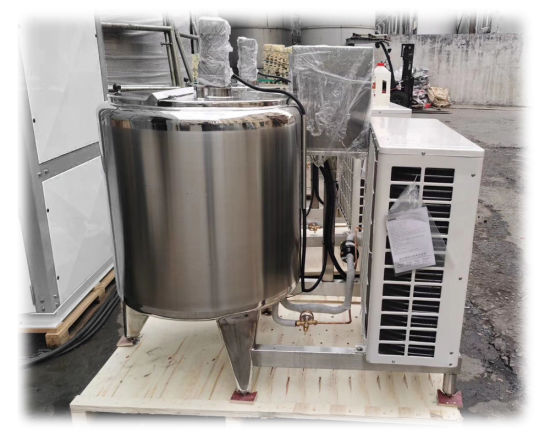High-Quality Stainless Steel Milk Coolers from Tassmatt
In the heart of Kenya’s thriving dairy industry, a silent revolution is underway. Farmers across the country are experiencing a transformation in the way they handle and store milk, thanks to the high-quality stainless steel milk coolers offered by Tassmatt. These innovative milk coolers, available in various sizes, are setting new standards for dairy farmers in Kenya.
High-Quality Stainless Steel Materials
Tassmatt, a renowned name in the dairy equipment industry, has earned a reputation for producing top-notch stainless steel milk coolers. The use of high-quality materials, specifically stainless steel, ensures that these coolers are not only durable but also resistant to corrosion, ensuring a long lifespan. This is a crucial aspect, given the demanding conditions of dairy farming in Kenya.
A Range of Sizes to Suit Every Need
Tassmatt understands that dairy farmers come in all sizes, and so do their needs. To cater to this diversity, they offer milk coolers in various capacities, ranging from smaller options suitable for small-scale farmers to large-scale coolers for commercial dairy operations. This flexibility ensures that farmers can choose the cooler that best suits their milk production volumes.
Transforming the Dairy Industry in Kenya
The impact of Tassmatt’s stainless steel milk coolers on the dairy industry in Kenya cannot be overstated. Here’s how they are making a difference:
- Preservation of Milk Quality: Immediate cooling of milk is essential to maintain its quality. Tassmatt milk coolers are designed to rapidly lower the temperature of milk to preserve its freshness and prevent bacterial growth. This means that farmers can supply high-quality milk to the market, increasing their profits.
- Reducing Milk Spoilage: Prior to the advent of these milk coolers, many farmers struggled with milk spoilage due to inadequate cooling facilities. With Tassmatt’s coolers, spoilage is significantly reduced, resulting in less wastage and higher earnings for farmers.
- Increased Market Access: Improved milk quality and reduced spoilage mean that Kenyan dairy farmers can now access a broader market. They can confidently supply milk to processing plants and meet stringent quality standards, opening up new opportunities for growth.
- Energy Efficiency: Tassmatt’s milk coolers are not only efficient at cooling milk but are also designed with energy efficiency in mind. This helps farmers save on electricity costs and promotes sustainable practices within the dairy sector.
- Empowering Small-Scale Farmers: Small-scale dairy farmers, in particular, have benefited from these coolers. They can now compete with larger dairy operations by ensuring the quality and safety of their milk.
Investing in the Future of Dairy Farming
Tassmatt’s dedication to enhancing the dairy sector extends beyond providing exceptional milk coolers. They also offer comprehensive support, including maintenance services and training, to ensure that farmers get the most out of their equipment. This commitment to customer success has fostered trust among Kenya’s farming community, further solidifying Tassmatt’s role as a leader in the dairy equipment industry.
Sustainability at Its Core
In addition to improving the efficiency and profitability of dairy farming, Tassmatt is committed to sustainability. Their milk coolers are designed with eco-friendly practices in mind. By reducing milk spoilage, these coolers help in minimizing food waste, a critical global concern. Moreover, the energy-efficient design not only saves farmers money but also reduces the environmental impact of dairy operations.
A Bright Future for Kenyan Dairy
As the Kenyan dairy industry continues to expand, Tassmatt’s stainless steel milk coolers have become an integral part of its growth. Farmers can now confidently invest in their dairy operations, knowing that their milk will remain fresh and high-quality, regardless of their scale. The ripple effect of this transformation is felt throughout the supply chain, benefiting processors, retailers, and consumers alike.
In conclusion, Tassmatt’s high-quality stainless steel milk coolers represent a game-changing development in Kenya’s dairy sector. These innovative devices have elevated milk quality, reduced spoilage, empowered farmers, and contributed to the industry’s overall sustainability. By choosing Tassmatt, dairy farmers are not only investing in their own success but also in the future of dairy farming in Kenya. Visit www.tassmatt.com today to discover how these remarkable milk coolers can bring positive change to your dairy operation.








